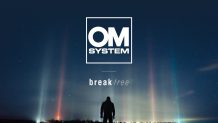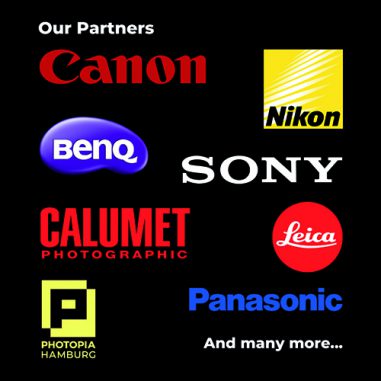In fact, Phogenix had already announced a significant sale – 40 DFX minilabs to the German department store chain Karstadt, at a price reportedly around $40,000 each.
Industry analyst Kerry Flatley, of the InfoTrends Research Group, told reporters, “A lot of retailers were very enthusiastic about (the DFX). They thought the print quality was excellent, and it was incredibly easy to use.” Flatley added that small photo retailers are hungry for a relatively inexpensive product like the Phogenix minilab, and InfoTrends predicted that the market for digital inkjet minilabs would be almost $1 billion by 2005.
The DFX units were also noteworthy for not creating any liquid or solid pollution, in comparison to “wet chemistry” minilabs.
In suburban San Diego, California, close to the Phogenix headquarters, one of the three DFX trade trial sites was Classic Images Photo & Digital Imaging Lab. Store owner Al Metzke said, “The quality is truly excellent” and added, “It’s bringing in a lot of people we wouldn’t normally have.” In early 2002, the DFX received a DIMA award for image quality and color accuracy at the PMA annual convention.
But Mitch Goldstone, co-owner of 30 Minute Photos Etc. in Irvine, California, wasn’t surprised to hear the DFX had been dropped – with an output speed of only 250 prints per hour, he was sure it was too slow for the fast delivery times and profitability needed by real-world retailers. “The economics for the machine just weren’t there” he said.
Kodak and HP executives explained the decision to shut down Phogenix was “based on the anticipated return on invested capital for the parent companies, each company has separately decided to focus its own investments on other opportunities,” adding, “Both companies agreed it was in the best interests
of potential customers, employees and investors to terminate operations at
this time, before any minilabs were installed on a commercial basis.” HP spokeswoman Jennifer Boggs commented, “It wasn’t so much that there were problems. It was just looking at the fact that there is a set amount of money to invest. It just came down to making some tough choices.”
InfoTrends’ Flatley suggested to the San Diego Union-Tribune that closing Phogenix “had more to do with politics than with its technology… Phogenix was susceptible to infighting between its parent companies . . . I don’t know if I would fault the technology as much as the way the joint venture was set up.” The Union-Tribune article added, “Hewlett-Packard said it is going to concentrate on the home-printing market for digital pictures.”
Some industry analysts and officials suggested that HP had pulled out of the venture because in its market area, non-traditional photo outlets such as electronics chains, the DFX was proving too difficult to sell. (Under the Phogenix agreement, Kodak had exclusive rights to sell the DFX to photo retailers and general retailers.)
The Rochester Democrat & Chronicle, Kodak’s hometown newspaper, pointed out that not long ago, Kodak and HP “had been forecasting that Phogenix
would deliver more than $500 million in revenue by 2005.” The article added that “developing the technology and a business model took longer than expected. The parties initially predicted that machines would be commercially available by 2001; that didn’t happen until this year. By that time, Phogenix faced competition from a venture between Noritsu Koki Ltd. and Epson.”
Rochester photo retailer Richard Rowe, president of Rowe Photographic Video and Audio, said the DFX inkjet printing technology “does have real potential because it limits the use of photo chemicals. Whether it’s a Kodak machine or a Nortisu machine, that technology is very interesting to me.”
Phogenix had about 100 workers. There was no immediate information from Kodak and HP about employee severance packages.





